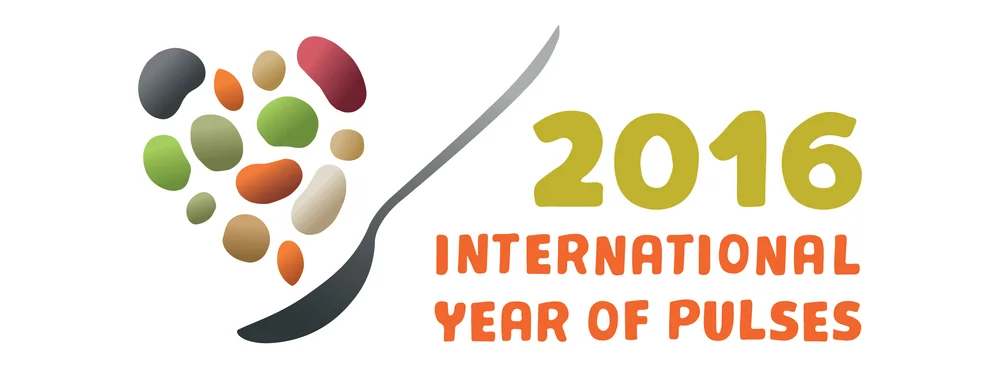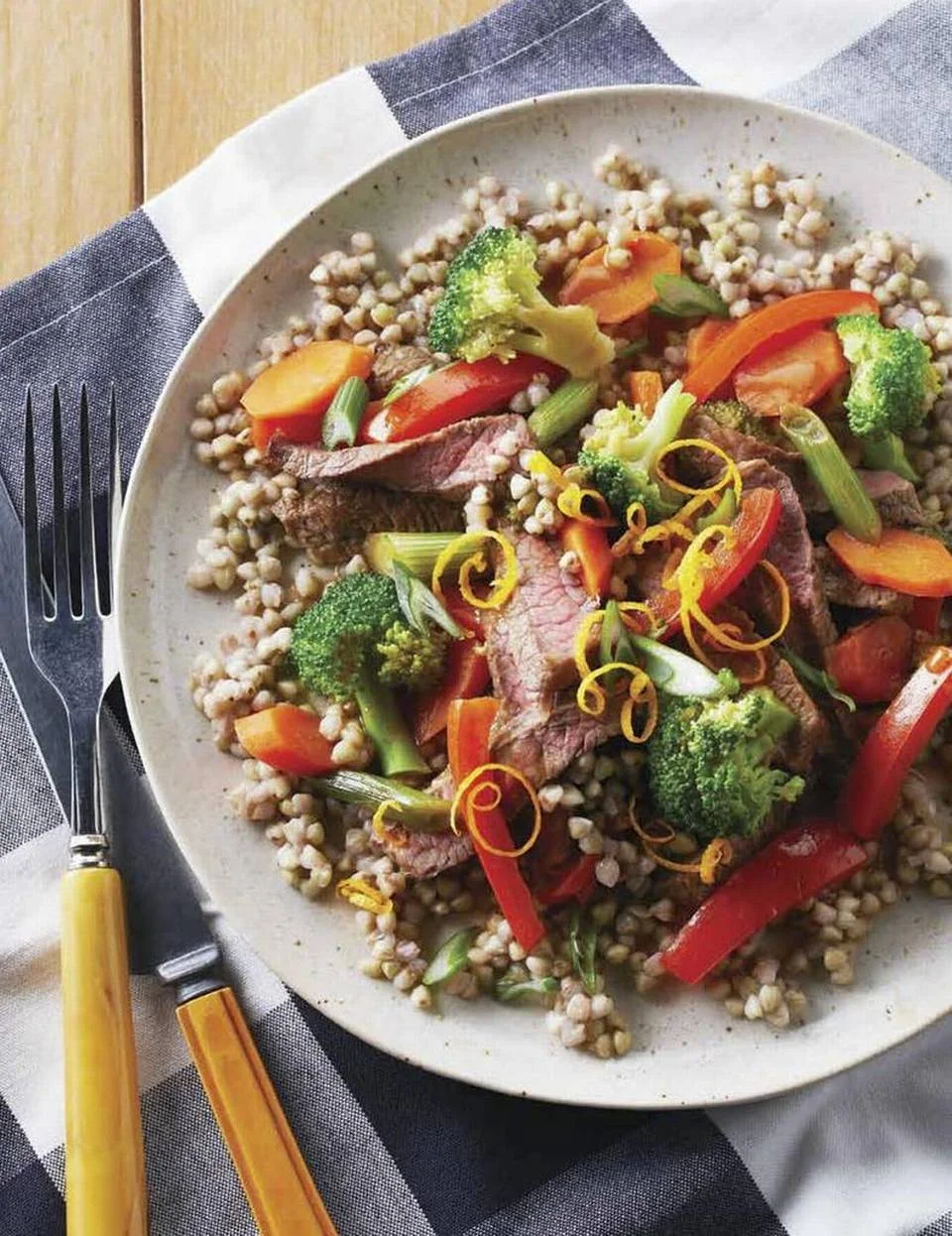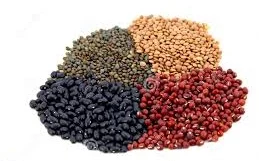Is Meat The New Tobacco?
"Fifty years ago, you would have seen doctors, patients and staff all smoking in a hospital, despite clear evidence that smoking posed a serious health risk,” American College of Lifestyle Medicine Board Member James F. Loomis, MD, MBA, and Medical Director of Barnard Medical Center in Washington, D.C., said in a statement. “In 1972 the AMA declared war on smoking, and now we look back and think about how crazy it was that smoking was allowed in hospitals. My hope is that the AMA’s passage of this important resolution will provide the impetus for change so that we can all look back and say, ‘Can you what believe we used to feed our patients in the hospital?’”
9 Health Benefits of Brown Rice According to Science (+5 Brown Rice Recipes)
The range of nutritional benefits is impressive, and rice is cheap - you could save yourself a trip to the hospital. Brown rice has been studied to ward off diabetes, heart disease, help people lose weight, improve metabolism, and aid your body in eliminating toxins. If that’s not enough reason for you to pick up a bag of this cheap, hardy grain, then nothing will be!
2016 FAO Year of Pulses
Why Rinsing Rice ... Is So Damn Important
Who, What, Why, Where, and How to Go Organic
What does going organic mean in Canada?
Organic refers to the way agricultural products are grown and processed. Organic food is produced using environmentally- and animal-friendly farming methods. Organic certification lets consumers know that every step along the supply chain has protected and maintained the organic integrity that begins at the farm.
8 Things You Should Know About the Gluten-Free Diet
It wasn’t that long ago that the gluten-free diet became popular or even recognizable to the general public. There were very few options available, and even fewer that were appetizing. Today, the gluten-free lifestyle is all the rage – there are hundreds of blogs, recipe pages, and websites dedicated to living happily gluten-free. The gluten-free scene has changed dramatically from just a few years ago.
Kiwi chefs reveal their picks for the next big food trend
Whole Grains: They're Healthy, Trendy, Tasty and Diverse
Opportunities Persist for Gluten-free Baked goods
KANSAS CITY — Americans are eating more snacks, according to reports from such groups as Packaged Facts, Canadean and The NPD Group. Yet recent sales data show one traditional snack has not capitalized fully on the trend. U.S. retail sales of pretzels were $1,186,546,304 for the 52-week period ended Aug. 7, which was down 2% from the previous 52-week period, according to Information Resources, Inc., a Chicago-based market research firm.
To ignite pretzel sales, snack makers might consider using such ingredients as rice flour and ancient grains to create gluten-free varieties. Although not among the top five pretzel brands, the gluten-free brand Glutino rang up a 10% increase in pretzel sales to reach $14,340,742 for the 52-week period ended Aug. 7, according to I.R.I.
Firebird Artisan Mills, Harvey, N.D., offers two flour blends for gluten-free pretzel applications, said Chris Krenzel, director of sales and procurement. One blend contains both white and brown rice, starches, and xanthan gum. It may be used as a cup-for-cup replacement flour for wheat flours. The company also offers an ancient grain blend that consists of quinoa, sorghum, millet, teff and amaranth. It works well when mixed with other gluten-free flours, starches or gums.
“Rice flours are less expensive and often provide a neutral taste to the end product,” Mr. Krenzel said. “The benefits of working with ancient grains are the additional nutritional values and the more refined, robust taste of the end product. Each ancient grain comes with its own taste profile. Quinoa has a nutty flavor, while millet and sorghum are milder and more earthy.”
Formulators need to keep track of dough flexibility in gluten-free pretzels.
“Whether you’re looking for a chewy soft pretzel or a crunchy pretzel stick, getting the right dough flexibility can be a challenge with gluten-free flour,” he said. “Gluten-free flours are much more dense than wheat flours and can have some flexibility challenges when baking or extruding. Adding xanthan gum or tapioca starch (or a mix of the two) as a bonding agent makes the dough more flexible.”
Ancient grains tend to hold more water than wheat flour, said Angela Ichwan, senior director of research and technical solutions for Ardent Mills, Denver.
All About Superfoods
TSU Researchers Hope Ancient Grain They're Growing Becomes Next Quinoa
Berkley Eatery Offers Automated Fast Food With a Healthy Twist
Canadian Researcher named FAO Pulse Ambassador for NA
Make Peas, Not War
Power of the Pulse-Top Chefs Share Secrets of Bean Cuisine in Colorful New Book
Why Pulses are the Next Big Thing in Beverage
When the United Nations named 2016 the International Year of Pulses, I have no doubt that many of us in the food and beverage industry (myself included) weren’t familiar with this culinary term. However, upon doing some research into this hot topic, I quickly came to the realization that pulses are the next group of in-demand ingredients because they leverage all of the biggest trends in the beverage industry.
Ancient Grains = Whole Grains
by BZ GUEST POST on MARCH 14, 2016 http://www.bodyzonesports.com/blog/?p=976
In the past five years there has been an explosion in popularity of so-called “ancient grains” in the American food market.
What is an Ancient Grain? There is no official definition, and all whole grains in the larger sense can be considered “ancient”, as their roots trace back to the Neolithic times, roughly 10,000 years ago. Whole grains that have been largely unchanged in their planting and harvesting patterns for thousands of years can be referred to as ancient. Examples include amaranth, barley, buckwheat, millet, quinoa, teff, and wheat varieties like bulgur, farro, and spelt. Ancient (whole) grains are more than just relics from the past that have stood the test of time; they are cereals and seeds that have a robust texture and stellar nutritional profile.
Ancient grains are certainly more nutritious than refined grain products (like white flour or refined crackers). But healthy whole grains need not be exotic. Common foods like brown rice, whole grain pasta, oatmeal, and whole wheat bread offer the same whole grain goodness, and often at lower price points.
Whole grains or foods made from them contain all the essential parts and naturally-occurring nutrients of the entire grain seed in their original proportions. Refining normally removes the bran and the germ, which equates to about 25% of a grain’s protein being lost, plus a reduction in at least seventeen key nutrients. Processors add back some vitamins and minerals to enrich refined grains, so refined products still contribute valuable nutrients. But whole grains are healthier, providing more protein, more fiber and many important vitamins and minerals, including a high omega-3 content, B vitamins, and zinc.
Many ancient grains thrive with lower levels of pesticides, fertilizers, and irrigation, making them an attractive choice for consumers who want to reduce their carbon footprint. However, the best way to ensure that you are getting the full spectrum of nutrients available in nature is to eat a variety of different grain foods. After all, each whole grain has something different to offer, from the calcium in teff, to the soluble fiber in barley.
By incorporating ancient grains in our diets, we all benefit by getting more whole grains, as well as enjoying a wider array of delicious flavors, textures and nutritional profiles.
Yours in health!
Dr. Mele
References:
Whole Grains Council
Why Rinse Quinoa?
Quinoa has a natural coating of saponins, a chemical compound that can be found in many different plant families (including some legumes and yucca.)* These saponins (so named for their ability to foam like soap) may exist to protect the plnt against microbes and fungi as well as foraging animals, as their bitter taste deters other organisms
For Earth Day, Report Has News To Ease A Meat-Lover's Conscience
Earth Day got you thinking about how your diet impacts the planet?
The World Resources Institute has news to ease a meat-lover's conscience: In a new report, it says you don't have to bid burgers bye-bye in order to reduce the environmental footprint of what you eat. Cutting back could go a long way, it says.



















